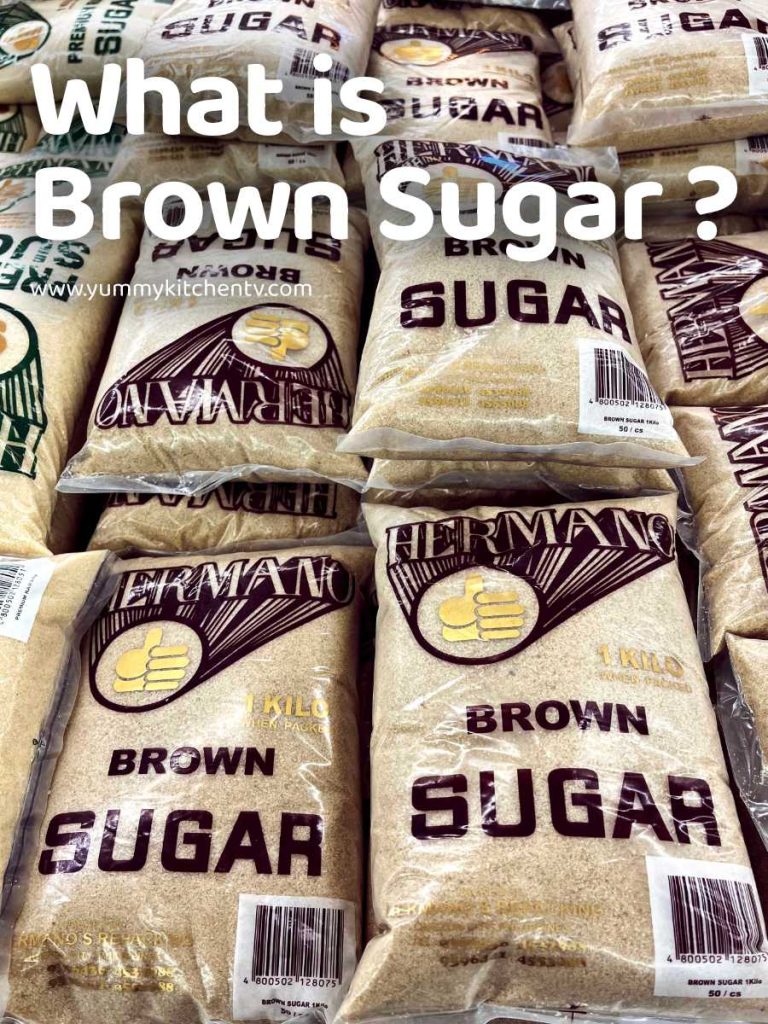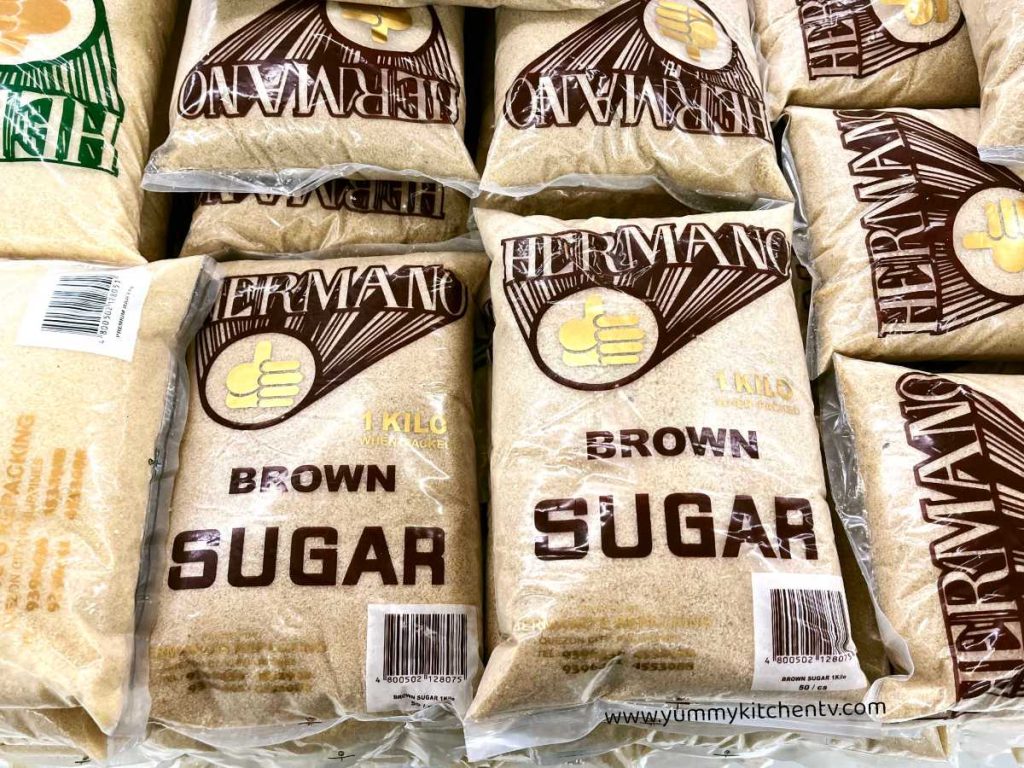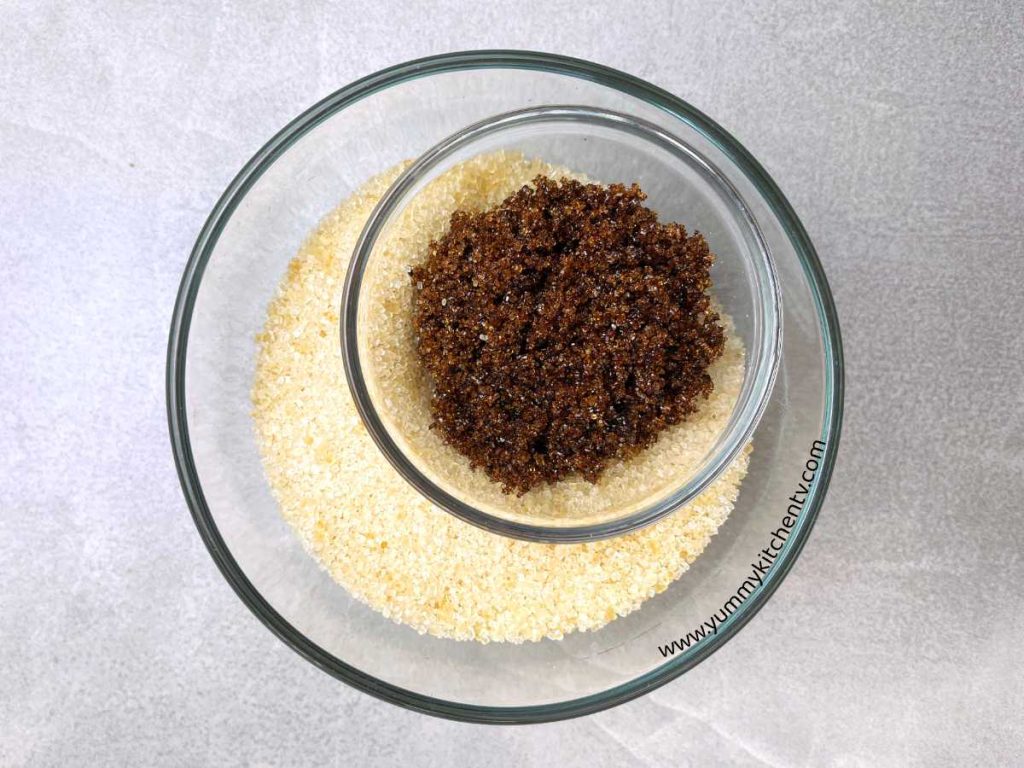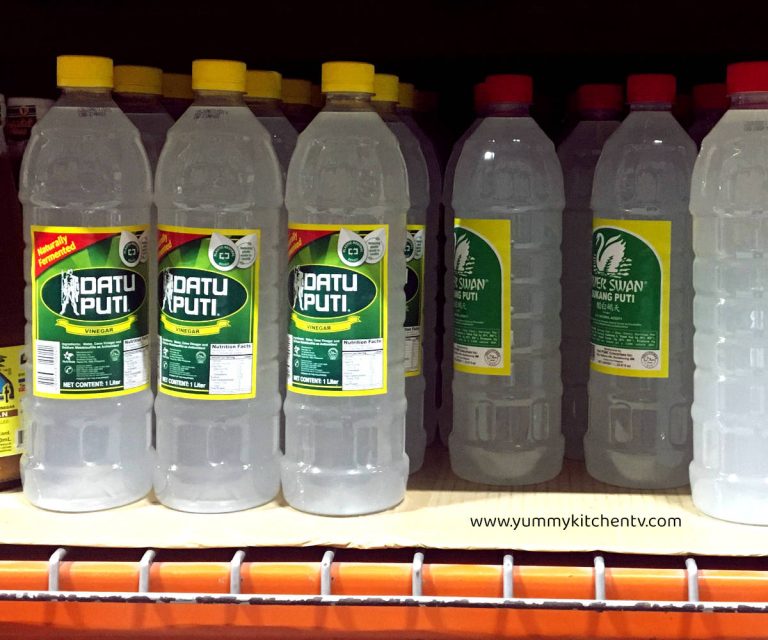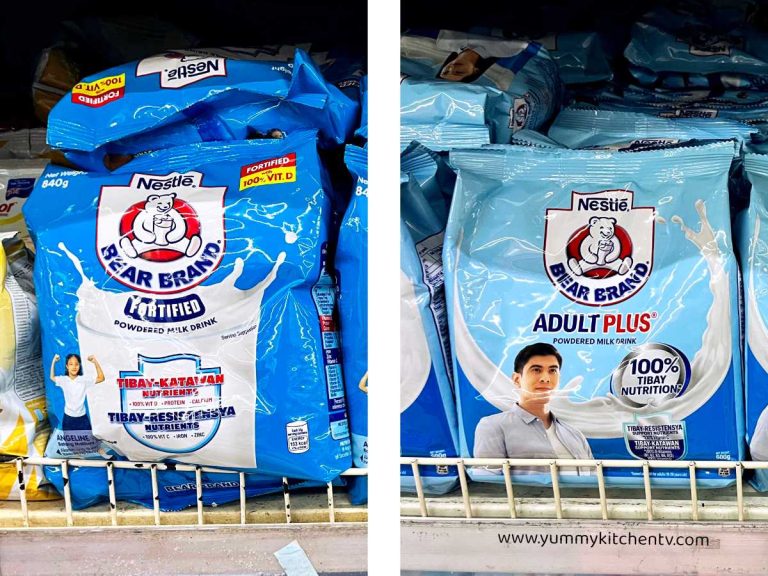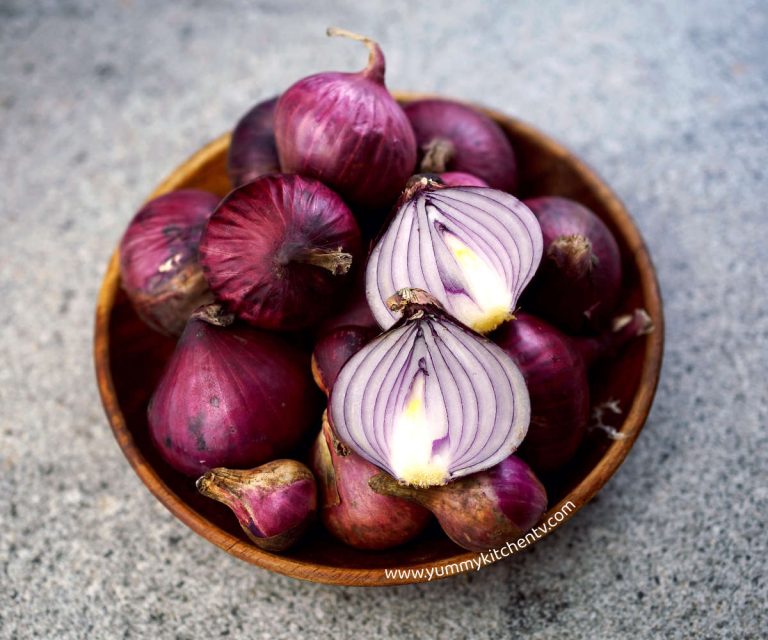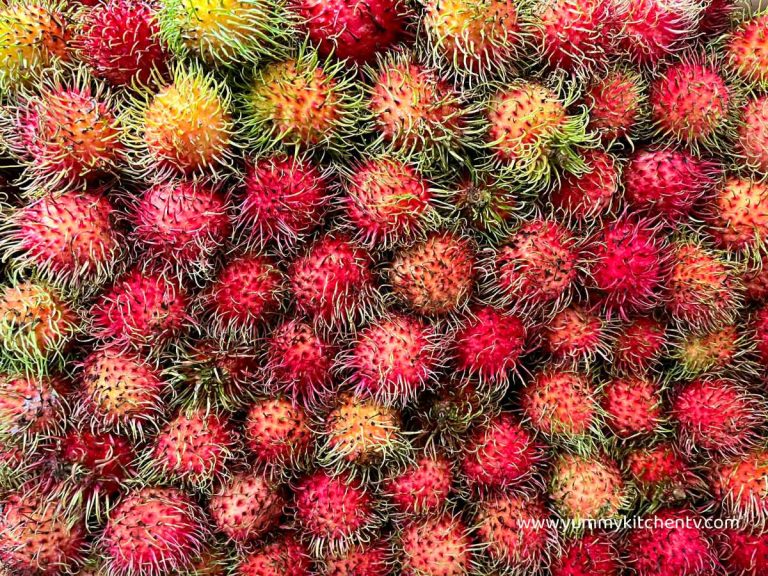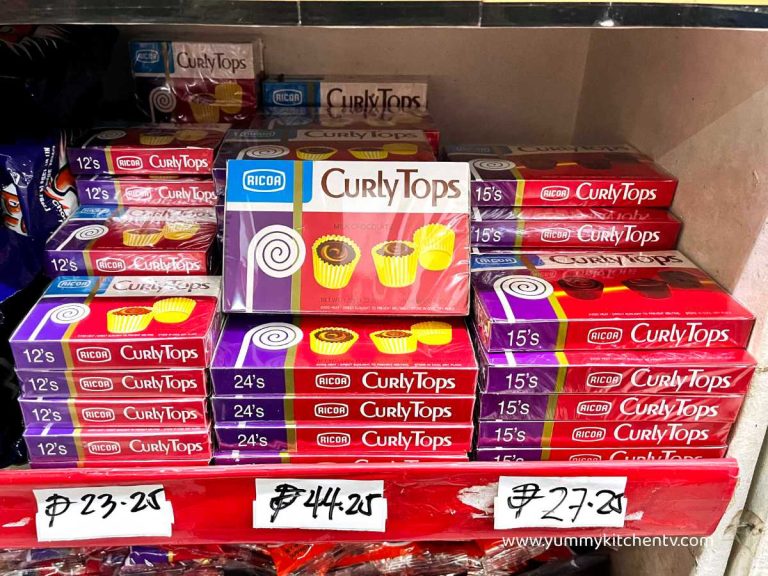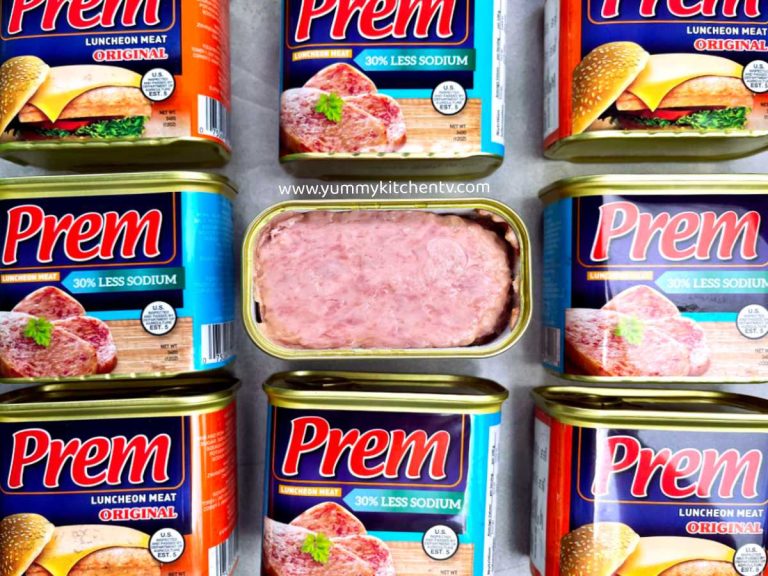Brown Sugar
Brown sugar is a versatile sweetner under the sucrose category. It usually has an addition of molasses content taken or added in during production. This gives it that nice golden or dark brown color, and deep caramelized flavor. Traditionally it is called ‘partially refined’ or ‘unrefined sugar’. Loved by many not just for the richer and deeper taste but the benefits in baking such as keeping the moisture of the baked good last longer, enhance the flavors of drinks and savory dishes, as well as stabilizes patties like cookies and cakes. A pantry staple that elevates any recipe!
A short Introduction
This is a crystallized sucrose product mixed with a certain amount of molasses or with the molasses unremoved. Which not only adds flavor and texture, but is mostly responsible for the golden to dark brown color it gives. Thus, the term ‘brown’ sugar. Commercial brown sugar has around 6.5% to 10% of molasses depending on the total weight. The sugar with the added molasses make it a great ingredient that adds moisture, color, and a slight caramel taste to any dish.
It was in the late 19th century that the refined sugar industry made its mark, one of its selling points was advertising how much ‘harm’ brown sugar has since the refined white sugar industry could not have full control of the sugar (other sugar options like brown, light, raw and other sugar’s) production. It even went to a point that they produced fake disgusting looking microorganisms that are supposedly living in the said darker colored sugar options. These really influenced the crowd to the point that even best selling cookbooks state that brown sugar was of low quality compared to the ‘clean’ white sugar, it even influenced the use of other raw sugars mostly those with familiar brown hues as easily contaminated with germs. Though untrue, with the molasses content actually making the brown or raw sugars a better or rather a ‘healthier’ alternative due to having more minerals to bleached or refined sugars. It took a while for many to get over it.
Brown sugar production started from sugarcane, squeezed and boiled to create sugar crystals, carefully keeping or removing the molasses sugar crystals, making a coarser more raw heavy looking sugar. Another production process is to mix refined sugar with molasses, making a less dark and more fine looking coffee colored sugar. Countries with big sugar production are Australia, Brazil, Europe, the Caribbean,South America, and some parts of the United states. Well used in most deserts added by itself or mixed as a pairing with white sugar, typically used to keep the baked goods moist, or added into some savory dishes especially for glazes and sauces. Popularly added into modern drinks such as recently popular ice brown sugar oat milk shaken espresso recipes, in bourbon, or simply added into traditional coffee, lemonade, and other drinks to keep it from being bitter and enhancing the taste.
Brown Sugar Replacements
While this type of sugar is easy to find almost anywhere, you can also find alternatives to brown sugar especially for those who accidentally realize that your out of this darker sugar option. These brown sugar substitutes can help you in a pinch:
- White sugar – Brown sugar vs white sugar? White sugar is the final refined sugar from sugar cane or beets. It has the molasses removed from it creating just a white base. To use, just mix around a cup of white sugar with 1 to 2 tablespoons of molasses or till you get the color you need.
- Light brown sugar – What’s the difference between dark and light brown sugar? Light brown sugar just differs in the amount of molasses added in. You can darken this more by adding ½ to 1 tablespoon of molasses till you reach the color you need.
- Coconut sugar – made from coconut tree saps, a ‘healthy’ alternative with a 1:1 ratio, they taste a bit similar but with the slight coconut taste and these do not hold much moisture which might make baked goods a bit dry. When using this, add more oil or butter into the recipe.
- Turbinado sugar or Demerara sugar – another ‘healthier’ raw sugar from sugar cane, with a similar color to brown sugar but are not as moist if added into baked goods. Best 1:1 ratio alternative for cooking rather then baking.
- Liquid sugars such as honey, agave, or maple syrup – when using these for baked goods, one should account for the extra moisture added and might need to reduce the amount added. While it won’t come out as sweet or less caramel in taste, these are best used for baked goods as these will come out very moist.
Brown Sugar questions:
- Can Brown sugar go bad? How long does brown sugar last? These like many sugar/sucrose products do not go bad unless there are contaminants mixed in. You’ll know these need to be thrown away if you see bugs or hard clumps with a weird smell. Typically these are still good within the 2 year purchase.
- Softening brown sugar or how to make brown sugar soft again?
- Option 1: Place the sugar in a microwavable bowl, cover with a slightly damp kitchen towel, and heat for 20 seconds. Heat more as needed but you can also mix these a bit to loosen.
- Option 2: Use a blender or food processor and crush the sugar for a few seconds to loosen.
- Option 3: Place a slice of bread inside your brown sugar container overnight.
- Can dogs have brown sugar? While they can eat a minimal amount, do remember that too much sugar can cause long term digestive problems to dogs. It might cause obesity, vomiting, or diarrhea.
- Does brown sugar have gluten? No, this is gluten free as these are just refined white sugar with molasses added. Or unrefined sugar, both of which are from sugarcane.
- Side effects of eating brown sugar: Consumed within the recommended amount, or within the limited amount these are still safe and have not much side effects. But most who do take these in even from eating dishes with sugar will risk diabetes, weight gain, or yeast infections. One should also know how much sugar you do take in especially if you are on medication or if one has familial disorders like diabetes.
Recipes:
- Peanut Butter Brownies – chocolate with peanut butter is a go to dessert to lift up anyone’s spirit. This recipe just needs a few ingredients you can usually find at home, whip up in a few minutes, settle in the fridge, slice and indulge in.
- Brownie Cookies – a scrumptiously tasty chocolate treat! A melt in your mouth indulgent brownie in the shape of a cookie. For your usual brownie, find it here ‘Chewy Fudgy Brownies’.
- Brownies ala Goldilocks – your usual brownies with a nostalgic hit to many fellow Filipinos. You’ll be sure that this recipe will hit close to home.
- Milk Tea – a quick and fluffy coffee-milk tea recipe, or ‘Dalgona milk tea’ a refreshing combination of sugar and the bitterness of coffee.
- Pork Belly Hamonado – make a simple sugar glaze for pork ham, a sweet and easy dish you can make not just for special occasions but for homemade sandwiches, but also as a business opportunity. You can also make a chicken version with this recipe ‘Whole Chicken Hamonado’.
#BrownSugar #NaturalSweetener #SweetLife #BakingEssentials #CulinaryDelight #HealthySugarAlternatives #SweetTreats #BakingLove #SugarRush #HomemadeGoodness #DeliciousFlavors #FoodieFavorites #SweetRecipes #CaramelFlavor #PantryStaple


